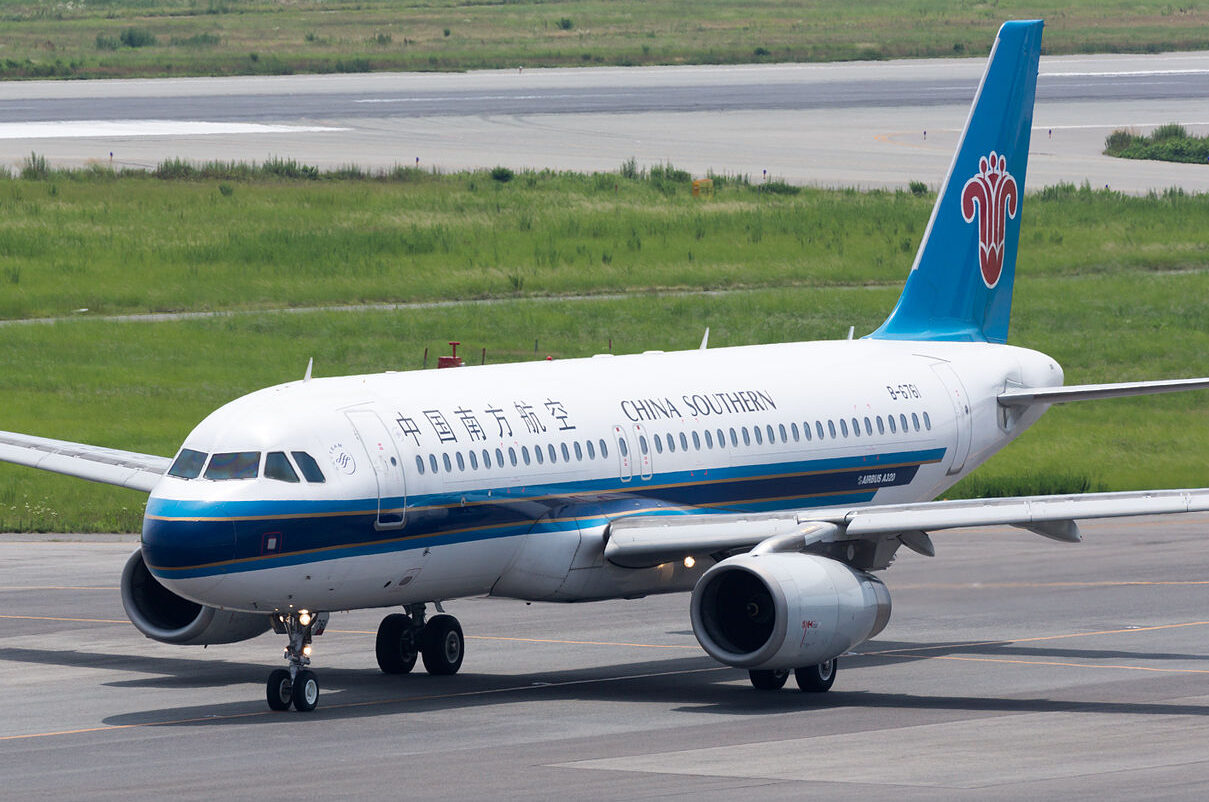The Recovery in Air Travel from China Is Happening… But It's Super Slow

Skift Take
International air travel from China is recovering, but set to remain at a fraction of what it was in 2019, according to data platform OAG.
Last year, Chinese business travel spending fell 4.6% as the country has fallen to number two in business travel for the first time since 2014. It had been expected to recover back to the top spot by the end of 2023, but that's unlikely to have happened, according to the Global Business Travel Association, which will release its final tally in coming weeks.
"Like the year before, I think China didn't come back in as big a way internationally and so I think the U.S. will remain the top traveling country in the world," said Suzanne Neufang, executive director of GBTA.
And while the frequency of flights between China and the U.S. will more than double this year from last, it will still be one quarter of pre-pandemic frequency thanks to the weak local economy and geopolitical tensions.
Flights between the countries are estimated to total 4,228 in 2024. That's up a lot from last year's 1,435, but in 2019, the same routes totaled more than 17,000 flights. According to OAG, that won't recover until 2026 at the earliest.
"The expected outpouring of Chinese travelers desperate to get to Thailand and other such destinations didn't materialize, and that's a change that is likely to stay with us for some time because of the Chinese economy being weaker," John Grant, chief analyst at OAG, said in a video interview last month.
Strength in Domestic Travel
China was one of the last countries to open its borders following pandemic-led closures when it welcomed foreigners back in 2023.
Domestic travel in China is strong in part because the government has encouraged it, and in part because of the weakness of the yuan. Big overseas airlines are "not putting as much emphasis in getting back there," Grant said.
Chinese travelers are staying close to home and domestic destinations have benefited, with domestic travel during Lunar New Year exceeding pre-pandemic levels by 19%, according to McKinsey.
Bloomberg reported that the number of travelers carried so far this year is up 45% from last year, according to data from the Association of Asia Pacific Airlines, whose members include Singapore Airlines, Cathay Pacific Airways, Japan Airlines and Taiwan’s China Airlines. That's still 13% below 2019 and May data shows that growth is slowing.
Tensions between the U.S. and China ties, the weak Chinese recovery and geopolitical complications (Chinese airlines can fly over Russia, while others cannot).
The Future's Uncertain
When will things improve? Maybe never, according to a study by the Asian Development Bank (ADB).
The aviation sector should brace for “a possible permanent reduction in future growth” and for “a potentially long period of high volatility with possible rapid increases or decreases in demand" amid reduced business travel with greater workplace flexibility, more online meetings and increased commitments to emissions reductions.
The sector is still optimistic. Amadeus, for example, said Asia-Pacific was the best performing region for the company in the first quarter of the year, expanding by 31%.
And China is still the second-largest domestic market in the world, totaling $744 billion to the U.S.'s $1 trillion in annual spending, McKinsey said.
While international visitor spending is expected to remain more than 25% behind 2019 levels this year, the World Travel & Tourism Council (WTTC) found that the China domestic travel sector is set to inject a record-breaking ¥6.79 trillion ($933 billion) into the economy in 2024. The uneven recovery comes after a push from the Chinese government to support local travel while a weaker economy and softer currency hurts foreign travel.




